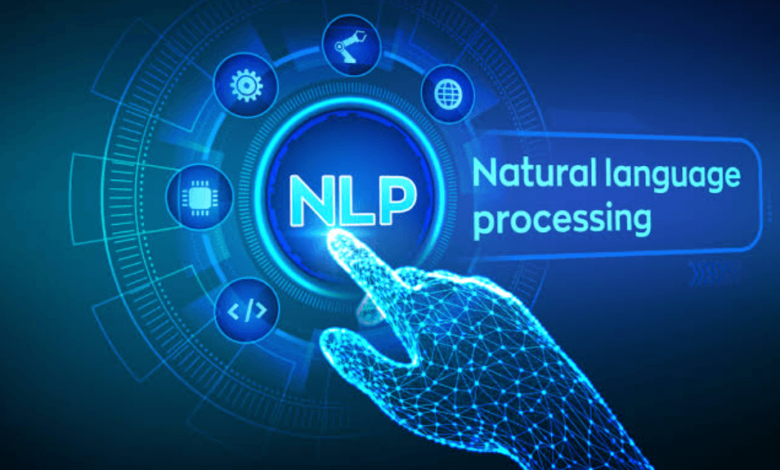How Natural Language Processing Is Changing the Way We Communicate

Natural Language Processing (NLP) is reshaping communication dynamics through various innovative applications. Its integration into chatbots and virtual assistants enhances user interaction, while real-time translation facilitates seamless cross-language exchanges. Furthermore, NLP tools are revolutionizing content creation and analysis, making information more accessible. As these technologies advance, their implications for communication continue to unfold, prompting critical examination of both benefits and potential challenges in this evolving landscape.
The Rise of Chatbots and Virtual Assistants
The proliferation of chatbots and virtual assistants has transformed the landscape of human-computer interaction, significantly enhancing user engagement and streamlining communication processes.
These technologies facilitate efficient customer service by providing instant responses and personalized interactions.
As organizations increasingly adopt these tools, they leverage data analytics to understand user behavior, ultimately fostering a more responsive and dynamic service environment that aligns with the demand for autonomy in user interaction.
See also: Shaitaan: A Riveting Tale of Crime, Betrayal, and Redemption
Enhancing Cross-Language Communication
Advancements in natural language processing (NLP) have not only propelled the development of chatbots and virtual assistants but also significantly improved cross-language communication.
Enhanced language translation algorithms facilitate real-time exchanges, accommodating diverse linguistic structures while recognizing cultural nuances.
This capability fosters a deeper understanding among individuals from different backgrounds, ultimately promoting collaboration and enriching global dialogue through clearer, more accurate communication.
Transforming Content Creation and Analysis
Revolutionizing content creation and analysis, natural language processing (NLP) tools empower creators and analysts to generate, curate, and evaluate textual content with unprecedented efficiency and accuracy.
Automated storytelling enables rapid content generation tailored to specific narratives, while sentiment analysis provides insights into audience reactions.
These advancements foster a deeper understanding of communication dynamics, enhancing the overall quality and relevance of produced content in various domains.
Conclusion
As Natural Language Processing continues to evolve, it stands as a beacon of innovation in communication, illuminating pathways for interactions that transcend linguistic divides. By harnessing the power of AI-driven tools, individuals and organizations can foster richer exchanges and deeper connections. In an increasingly interconnected world, the implications of NLP are profound, transforming not only how we converse but also how we understand one another, ultimately shaping the future of global dialogue.




